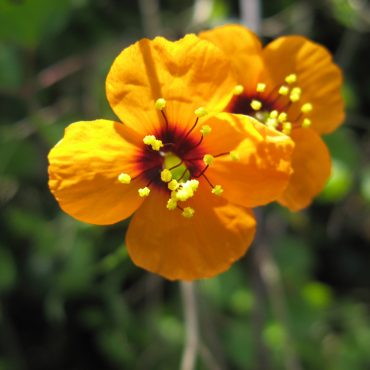Wind poppies (Papaver heterophyllum) are one of the spring jewels in the Reserve. They are never abundant, but flowers can be found along the Rios trail, scattered in the small glades that appear among the perennial shrubs. Flowers are supported by long, slim, nearly leafless stems. They seem to float above the surrounding vegetation, moving with the gentlest breeze. Biologists have speculated that this motion makes wind poppy flowers, like waving flags, more visible, attracting pollinators from a greater distance and helping to ensure successful pollination and production of seeds for next spring’s plants.
Wind Poppy
Papaver heterophyllum
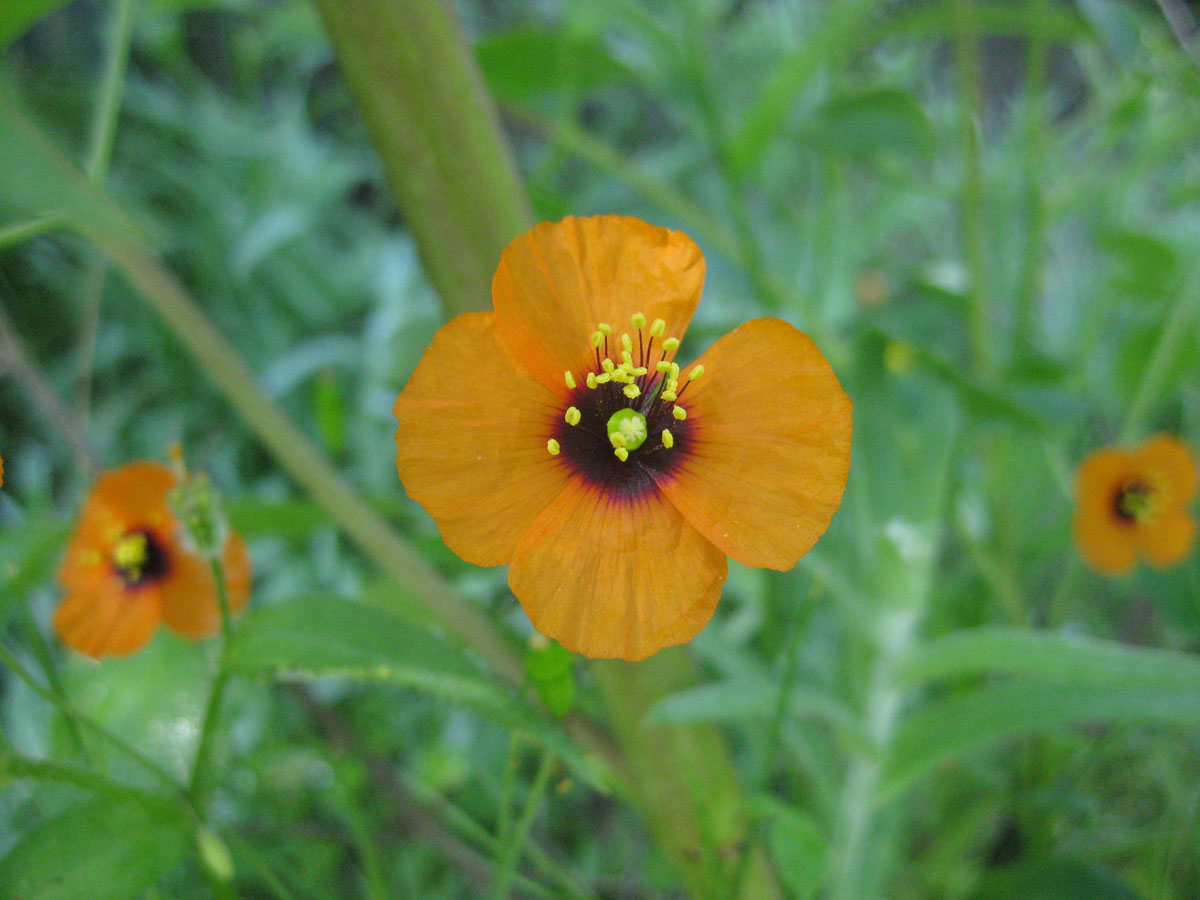
Other Common Names:
none known
Description 4,59
Wind poppies are delicate-appearing annuals, usually less than 2 feet (60 cm) high. Leaves are 3/4 – 5 inches (2-12 cm) long, pinnately divided into 2-6 lateral leaflets. Leaflets are of two shapes; those of the upper leaves are narrowly linear, those of the lower are more broadly oval. Foliage may be difficult to pick out from the surrounding vegetation.
Flowers are born on thin, wire-like stems. They are bisexual and radially symmetrical with two sepals and four petals. The sepals are shed as the flower opens. Petals are triangular, bright orange with a dark red (or brown, maroon or purple) spot at the base, which gives the flower a dark eye. There are numerous maroon or purple stamens. The pistil consists of a prominent, bowling-pin shaped ovary, a short style, and a club-shaped stigma. Flowers have been reported up to 2 inches (5 cm) in diameter, but those in the Reserve are usually less than 1 inch (2.5 cm). Bloom time in the Reserve is generally April – June,1 a bit earlier in the Reserve.
The seed capsule is a club-shaped, flat-topped structure containing many small seeds. Seeds are shed through pores that open below the top of the capsule.
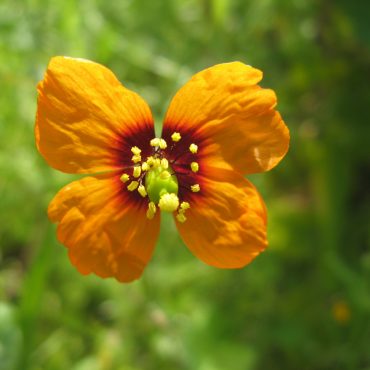
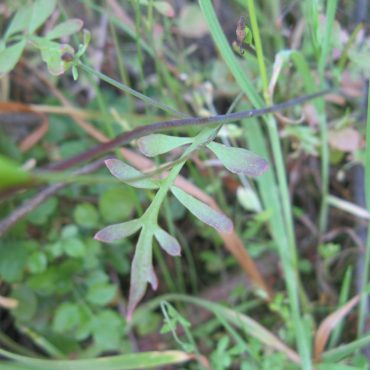

Distribution 3,7,8,59
Wind poppies are California natives that are found from Central to Baja California below 4000 feet (1200 m). They occur primarily in grassy openings in the chaparral. In the Reserve, they can sometimes be found in one or two grassy spots along the trail on the south side of Central Basin, between the Rios trailhead and the Gemma Parks loop trail.
The literature from Southern California suggests (but does not state directly) that wind poppies are nowhere common in Southern California. Of the local and regional references, two do not include them at all,11,23 while three specifically state that they are not common in their area.4,8,59 This is concordant with our experience in the Reserve: a wind poppy sighting always makes the day a bit more special.
Learn more about plant vegetation types here

Classification 2,7,44,59
Wind poppies are dicot angiosperms in the poppy family (Papaveraceae). Plants in this family often have flowers with four or six petals, half as many sepals, and numerous stamens. This family includes several popular garden flowers as well as the opium poppy, which is the source of culinary poppy seeds and several well-known narcotics. There are three other species of poppy reported from the Reserve: bush poppy (Dendromecon rigida), California poppy (Eschscholzia californica) and cream cups (Platystemon californicus).48
Until recently, wind poppies were placed in a single-species genus, Stylomecon on the basis of the structure of the pistil, which, unlike other poppies, possesses a short style.
Alternate Scientific Names:
Stylomecon heterophylla
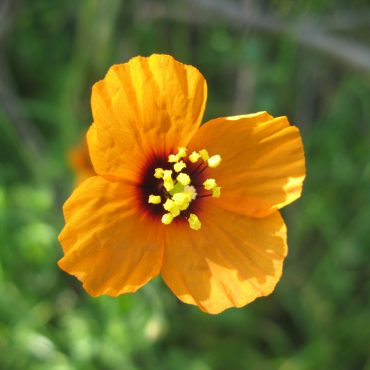
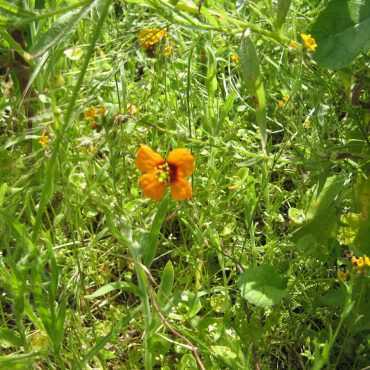
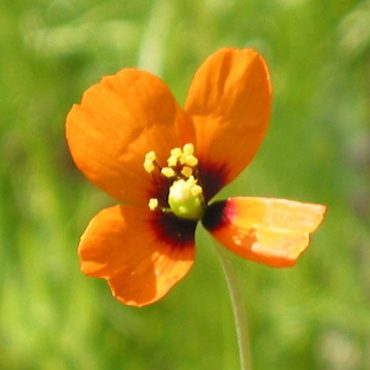
Ecology
Wind poppies are “fire-followers”.4 These are annual plants which have seeds that are stimulated to sprout by fire.14 Dormancy is broken by one or more cues including heat, smoke, or charred wood.14 Fire-following annuals are responsible for magnificent displays of color the spring after a fire.27
The thin wire-like stems of wind poppies allow the flowers to bob and sway in the slightest breeze. Biologists speculate that this movement increases the “color presence” of a flower and attracts pollinating insects from further away.100 This adaptation would work for any flower with a long, thin, erect flower stem, such as sea dahlia (Leptosyne maritima)48.
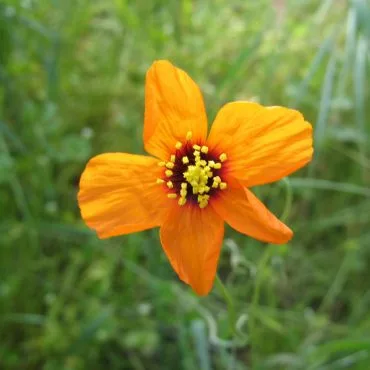
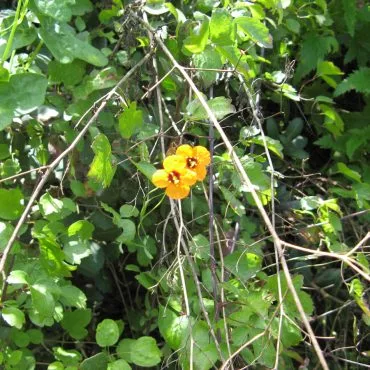
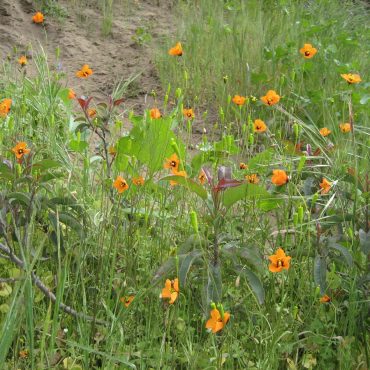
Human Uses
Although the poppy genus has a long history of medicinal use in parts of Europe and Asia,41 we can find no specific use of wind poppies by Native Americans or early settlers.
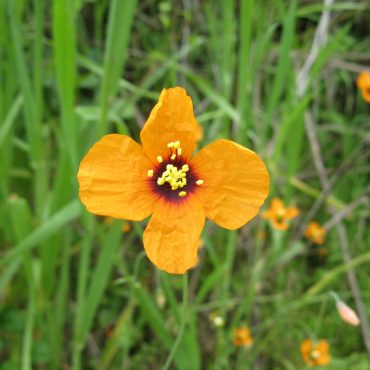
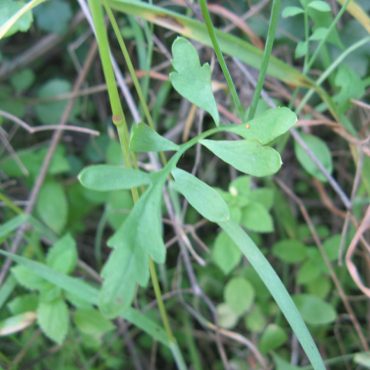
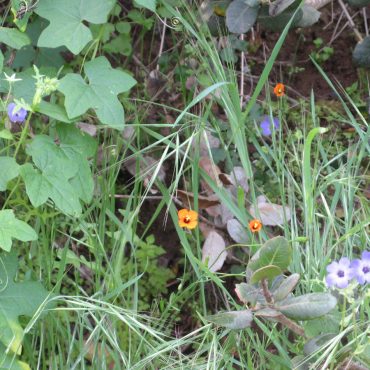
Interesting Facts
The bright orange color of wind poppies comes from organic pigments called carotenoids, which can be shades of yellow, orange or red.81,41 Carotenoids are produced by plants; animals must obtain these pigments through their diet. Carotenoids are responsible for the yellow of Goldfinches and the red of Cardinals. House Finches in the Reserve may be rosy-red, orange or yellow depending upon what they ate when they were molting.80

